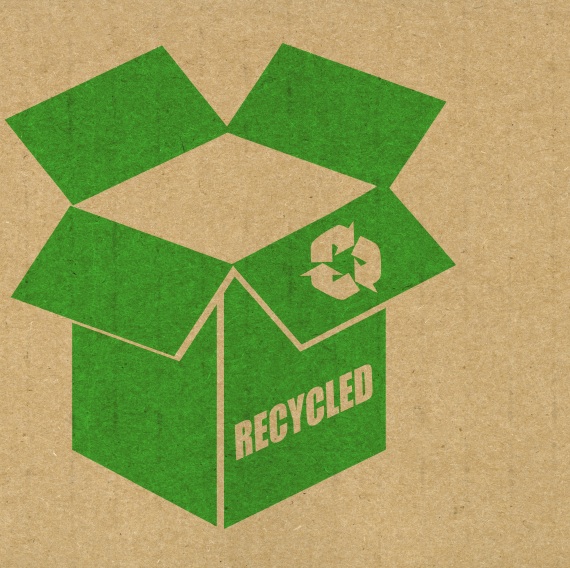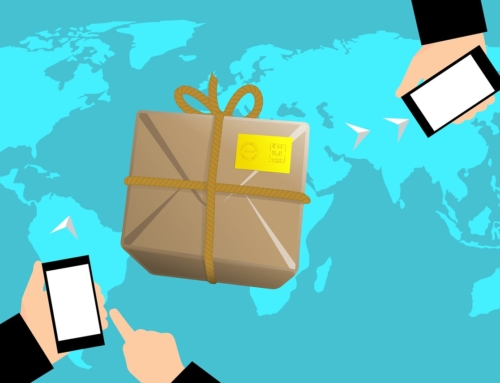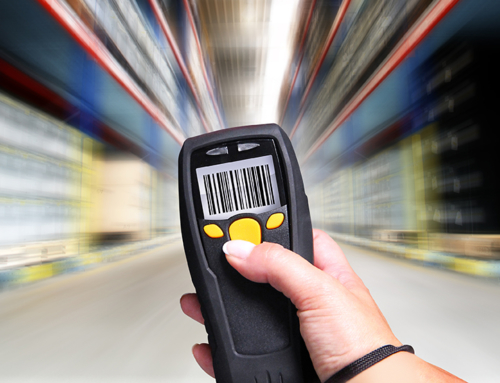These days, it’s not just a few niche companies that are looking for ways to be greener.
It makes dollars and cents to have a reverse logistics process that’s good for the environment. Not only will your customers appreciate your extra efforts, but the savings you can realize by increasing your efficiencies can also be substantial.
Case in point: In Canada, Walmart switched some of its cardboard shipping crates to plastic, which allowed the crates to be reused about 60 times, as opposed to the one time use of the originals. This saved the company an estimated $4. 5 million and reduced waste by 1,400 tons, according to reporting by Cerasis.com
Your Process Can Be Greener
No matter how green you are right now, you can get greener. There’s always something that you can change to improve your energy efficiency, fuel efficiency or waste.
Here are a few ideas to get started:
- Switching to reusable packaging. When your products go out, do you send them in a flimsy envelope or some other kind of package that has to be disposed on the first use? Switching to more durable shipping materials that can be reused, on the off chance that item will come back to you, just makes sense. For soft goods like clothing, a durable plastic bag will work just fine, other items might need a bulkier recyclable cardboard box.
- Recycling and refurbishing as much as possible. Ultimately, your goal is to sell as much of your merchandise for full price as you can, but there will always be some amount of product that is defective or unwanted and comes back. Your reverse logistics team can arrange to have these items repaired to like new quality, then sell them as “refurbished” or send them off for recycling, both options will bring in some revenue and keep more waste out of landfills.
- Quickly moving products back to sales floor. Believe it or not, the faster products move back to the sales floor, the more you reduce waste. This goes double for those perishable items like cosmetics and vitamins. The sooner you can turn those returns around, the faster you can get them sold again, eliminating the need to have to pay to dispose of them in a very un-green way.
- Looking for other green solutions in your warehouse. There are lots of other ways to go green in your warehouse. You’ll need to take a close look at your methods and find those areas where your unique facilities can improve. For example, Staples recently installed skylights in its distribution centers and switched to dual-speed drive motors on its conveyor systems, efforts that helped reduce the company’s per-square-foot electricity drain by 15 percent.
No matter how you choose to green up your business, having a reverse logistics process in place that’s good for the environment is also good for your bottom line. It may seem like a hassle at first, but remember that the less energy you use, the less expense you’ll incur and the better your ultimate ROI on those green investments. Plus, customers dig green initiatives.






Leave A Comment